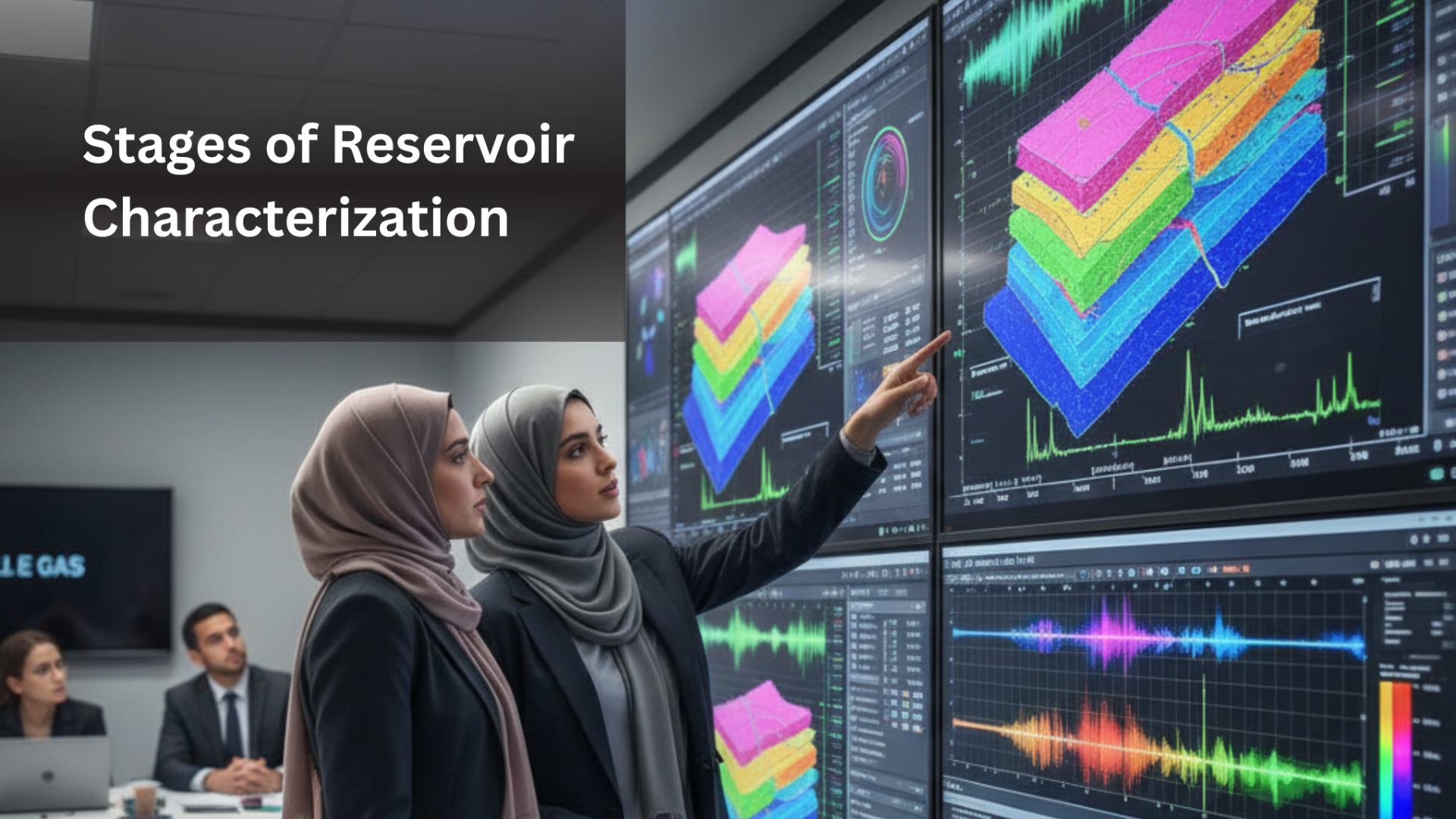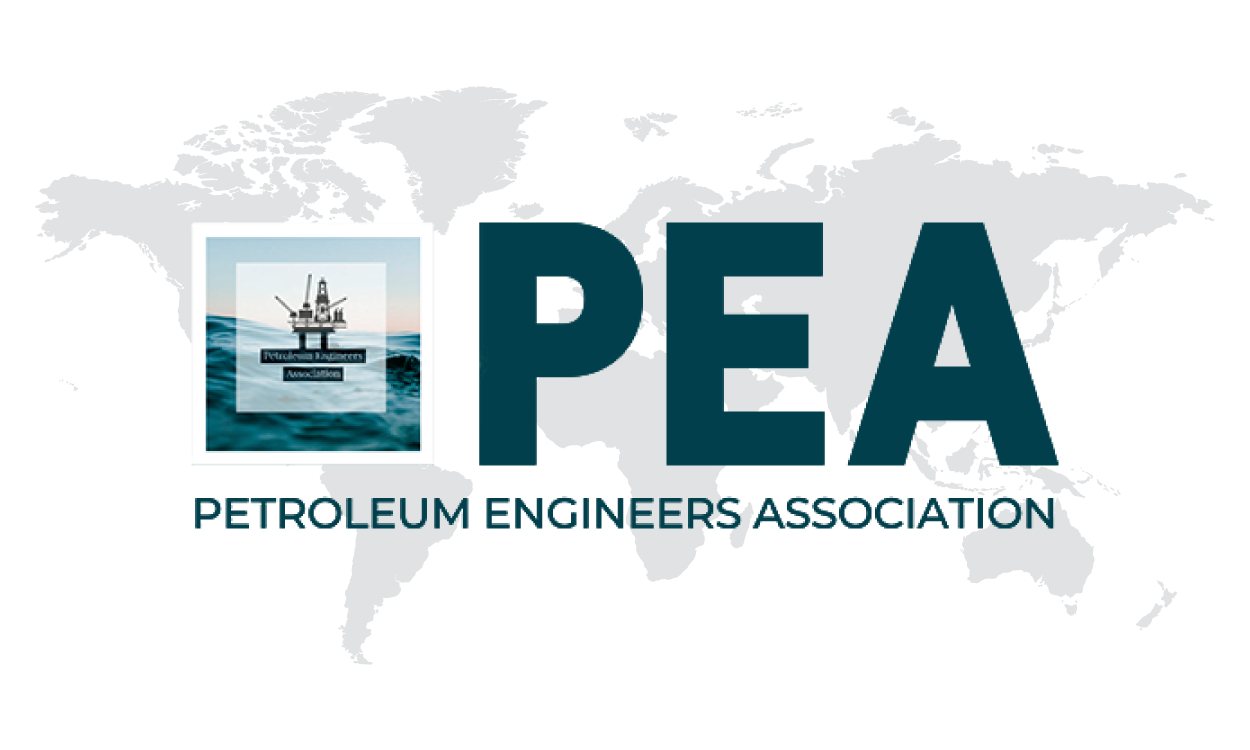
The Five Stages of Reservoir Characterization
Reservoir characterization is a fundamental process in the oil and gas industry, essential for understanding and managing subsurface assets. It provides the detailed insights needed for critical decisions throughout a project's lifecycle, from initial concepts to resource and reserve determination.
A comprehensive reservoir characterization process ensures a thorough understanding of an asset's potential and its inherent uncertainties. While the level of detail can vary based on project scope and schedule, a structured approach is always best. It's much easier to scale back details later than to try and add them in. A multidisciplinary team is crucial for success. This team should include, at a minimum, geology, geophysics, petrophysics, geomodelling, and reservoir engineering.
The process involves five key stages:
- Data Collection: Gathering all available subsurface data.
- Petrophysical Analysis: Interpreting log and core data to understand rock and fluid properties.
- Geomodel Scope, Discussion, and Construction: Building a 3D model of the reservoir.
- Simulation, Proxy Curves, and Forecast: Predicting reservoir performance.
- Risk Analysis, Documentation, and Mitigation: Identifying and planning for potential risks.
The quality of the data in each stage directly impacts the accuracy of performance predictions. These predictions are then used to assess recoverable reserves, optimize facility design, and plan well schedules.
Deep Dive into Data Collection
The data collection stage is the bedrock of the entire process. It's about gathering high-quality data to understand reservoir opportunities and risks. For a SAGD (Steam Assisted Gravity Drainage) project, this means focusing on parameters that influence performance, like permeability and fluid saturation.
Key data sources include:
- Core Analysis and Outcrop Data: Provides physical samples and visual information. Routine core analysis measures basic properties like porosity and permeability. Special core analysis (SCAL) goes deeper, measuring things like relative permeability and grain size, which are critical for SAGD projects. Outcrop data offers a broader, regional view to inform geological models.
- Openhole and Cased Hole Log Data: Geophysical wireline logs provide in-situ measurements of porosity and saturation. These logs must be properly normalized and cleaned to ensure they are consistent. Specialized tools, like borehole imaging logs or nuclear magnetic resonance (NMR) tools, can provide even more detailed data on reservoir features and permeability.
- Seismic Data: Seismic surveys, especially 3D and 4D, provide a critical areal and 3D perspective of the reservoir. 3D seismic helps identify large-scale features like faults and fluid zones. 4D seismic (time-lapse surveys) is used to track the steam chamber's progression over time, which is invaluable for a thermal project like SAGD.
It's vital to ensure data is thoroughly checked and cleaned before use. As the saying goes, "garbage in, garbage out." The integration of all these data sources leads to enhanced geological interpretations and more representative simulation results.
The key to a successful project lies in designing a robust data collection program with the entire multidisciplinary team and service providers involved from the start. This collaborative effort ensures all critical parameters are addressed, setting the stage for accurate and reliable reservoir characterization.


Leave a comment on this Blog/Article.